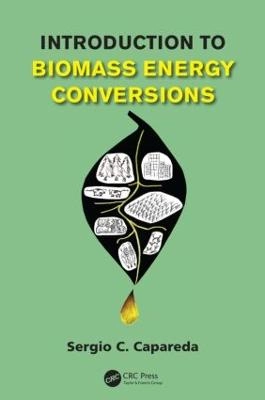The potential that biomass energy has to supplement traditional fuels and reduce greenhouse gas emissions has put it front and center in the plan to replace fossil-based fuels with renewable fuels. While much has been written about biomass conversions, no single textbook contains all the information needed to teach a biomass conversion course-until now. Introduction to Biomass Energy Conversions presents a comprehensive review of biomass resources available for conversion into heat, power, and biofuels.
The textbook covers biomass characterization and discusses facilities, equipment, and standards (e.g. ASTM or NREL) used for analysis. It examines the range of biomass resources available for conversion and presents traditional biomass conversion processes along with extensive biomass characterization data tables, illustrations, and graphical presentations of the various biomass energy conversion processes. The author also describes how to set up a laboratory for biomass energy conversion, and presents economics and sustainability issues. Loaded with real-world examples, the text includes numerous worked examples and problems in each chapter.
No one knows what the price of oil will be next year or in future decades. It is governed by many factors other than supply and demand (politics, wars, etc.), however, whatever the future of energy is, bio-fuels will play an important role. This technical guide prepares students for managing bio-refineries, no matter what type of bio-fuel is produced. It also provides practicing engineers with a resource for starting a small bio-fuel business.
Åtkomstkoder och digitalt tilläggsmaterial garanteras inte med begagnade böcker





















